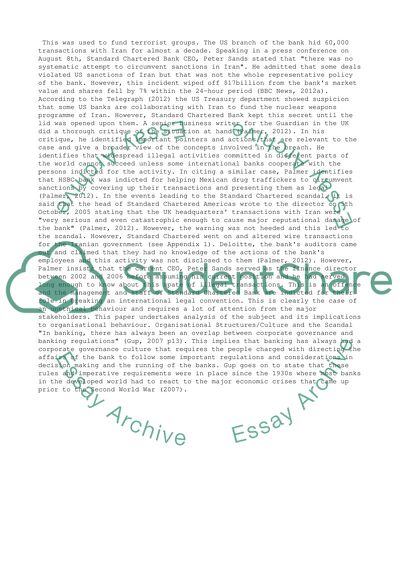Cite this document
(“Organisational Behaviour and the Standard Chartered Bank Scandal Essay”, n.d.)
Organisational Behaviour and the Standard Chartered Bank Scandal Essay. Retrieved from https://studentshare.org/business/1402457-organisational-behavior
Organisational Behaviour and the Standard Chartered Bank Scandal Essay. Retrieved from https://studentshare.org/business/1402457-organisational-behavior
(Organisational Behaviour and the Standard Chartered Bank Scandal Essay)
Organisational Behaviour and the Standard Chartered Bank Scandal Essay. https://studentshare.org/business/1402457-organisational-behavior.
Organisational Behaviour and the Standard Chartered Bank Scandal Essay. https://studentshare.org/business/1402457-organisational-behavior.
“Organisational Behaviour and the Standard Chartered Bank Scandal Essay”, n.d. https://studentshare.org/business/1402457-organisational-behavior.


